PAGAN TRINITY

HOLY TRINITY
The Legacy of the Sumerians
in Western Civilization
Alan Dickin

Copyright 2007 by
Hamilton Books
4501 Forbes Boulevard
Suite 200
Lanham, Maryland 20706
Hamilton Books Acquisitions Department (301) 459-3366
Estover Road
Plymouth PL6 7PY
United Kingdom
All rights reserved
Printed in the United States of America
British Library Cataloging in Publication Information Available
Library of Congress Control Number: 2007926688
ISBN-13: 978-0-7618-3777-0 (paperback : alk. paper)
ISBN-10: 0-7618-3777-9 (paperback : alk. paper)
 The paper used in this publication meets the minimum
The paper used in this publication meets the minimum
requirements of American National Standard for Information
SciencesPermanence of Paper for Printed Library Materials,
ANSI Z39.481984
Dedication
To the descendants of the Sumerians:
That they might rediscover their spiritual birthright
CONTENTS
PREFACE
Every year, another crop of first-year university students chooses Mythology 101 as one of their elective courses. What are they looking for, apart from an easy credit? Perhaps theyre looking for the same thing that Mankind has been searching for since the dawn of History: the meaning of Life itself! If any people could speak with authority on this subject, surely it was the ancient Sumerians, whose mythology tells poignantly of the gaining and losing of Eternal Life and of Mankinds first experience of God. The religion of the Sumerians was itself lost to the world until a century ago, and having been found, presents a Gordian Knot of interwoven threads. However, this author is impetuous enough to cut the knot using the sharpest sword: the belief that the True God was indeed revealed in the worlds oldest civilization... ancient Sumer.
ACKNOWLEDGEMENTS
All scripture references in this book are taken from the New International Version of the Bible, copyright by the New York International Bible Society. The author also acknowledges translations of other ancient sources by several scholars, who are cited at the end of each excerpt. Details of these publications are given in the bibliography.
All figures in this book were drawn by the author. However some of these were based on information from previously published sources, which are acknowledged in the figure captions where appropriate. Publication details are again given in the bibliography.
Finally, the author acknowledges Morning Star publications for the use of an original excerpt from The Final Quest by Rick Joyner ( www.morningstarministries.org ).
Chapter 1
Who were the Sumerians?
Looters destroy Iraqs historical treasures
So ran newspaper headlines in April 2003, when an orgy of destruction and looting followed the American conquest of Iraq (). In the chaotic aftermath of war, the Iraq Museum and National Library in Baghdad were abandoned to their fate at the hands of roving mobs. The cultural desecration that followed was likened by many to the sack of Baghdad by the Mongols in 1258 AD, a wave of destruction that set Middle Eastern civilization back five hundred years...

Figure 1.1. Map of the Middle East showing the land of Sumer situated between the Tigris and Euphrates rivers (T and E) within the borders of modern Iraq.

Figure 1.2. A statue of Gudea, ruler of Lagash around 2200 BC, which exudes an air of serene and confident spirituality. Diorite, British Museum.
And yet the disaster of 2003 was the very thing that brought the civilization of ancient Iraq to world attention as never before. Newspapers ran stories about the art of ancient Mesopotamia and explained the meaning behind this name... Mesopotamia... the Greek words for the land between two great rivers, the Tigris and Euphrates (). Some even mentioned the region in southern Mesopotamia that is widely believed to be the cradle of human civilization... ancient Sumer, and its inhabitants, the mysterious people we know as the Sumerians.
Sumerian was not the name that these ancient people gave to their own culture, but the name given to them by the Assyrian peoples of northern Mesopotamia. In their own language, the Sumerians called themselves sag-gi-ga, the dark-headed ones. No-one knows the precise meaning of this expression, but the Sumerians are typically portrayed in their own art as having a rounded shaven head, prominent eyes, and clean-shaven chin. Their appearance is exemplified by Gudea, ruler of the city state of Lagash around 2200 BC, whose elegant diorite statues are displayed in the Muse du Louvre and the British Museum ().
The Sumerians have rarely attracted the attention that they deserve in the history of civilization. In fact, the Sumerians practically invented civilization, a word which comes from the Latin civis (citizen) and actually means life in cities. Before the appearance of the Sumerians, ancient peoples had been living in settlements and villages for centuries, ever since the agricultural revolution around 7000 BC. However, the Sumerians built the worlds first true cities in southern Mesopotamia, beginning around 5000 BC at Eridu and reaching a climax two thousand years later at Uruk.
). The walls of Uruk enclose an area twice as large as Athens at the height of its power, and more than half the size of imperial Rome. Earlier prehistoric settlements such as Catal Huyuk and Jericho were tiny in comparison.
The achievements of the Sumerians are all the more remarkable when one considers that the land of Sumer had few natural resources... essentially no wood, stone or metals, or even any rain. In fact the only resource available to the Sumerians was the rich alluvial soil of the Mesopotamian plain, deposited over millennia by the flooding of its two great rivers. Because of the lack of rainfall in southern Mesopotamia, this land could only be cultivated by diverting river water through a complex system of canals to irrigate the fields. However, the organizational challenge of building this irrigation system provided the impetus for the development of complex social structures. Based on this achievement, the Sumerians were able to establish a thriving agricultural economy to support the earliest development of life in cities.

Figure 1.3. Plans showing the city walls of Uruk, Athens and Rome, compared with the estimated size of major prehistoric settlements, all to the same scale. City maps based on Nissen (1983).
Despite the success of their civilization, the Sumerians remain a people of mystery. Their language, reconstructed by Sumerologists, is unrelated to any other known language. They appear in the archaeological record out of nowhere, sometime around 5000 BC, and fade away again three thousand years later, swamped by waves of Semitic immigration to the plains of Mesopotamia. But despite their enigmatic story, the Sumerians gave the world some of its greatest inventions and cultural institutions, and gave us a record of their achievements by the tool that they themselves developed... the art of writing.


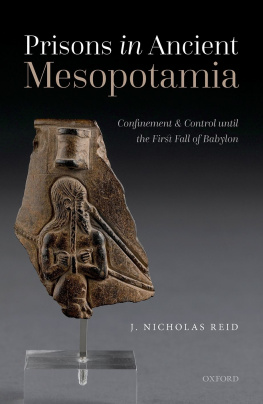
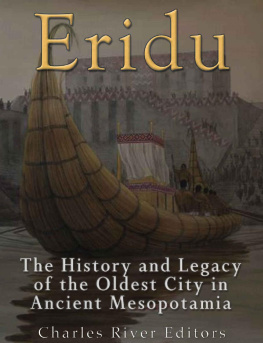
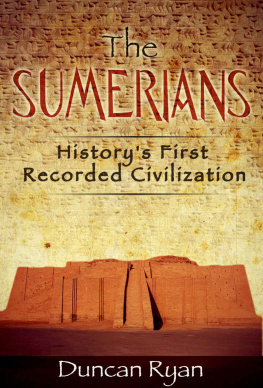
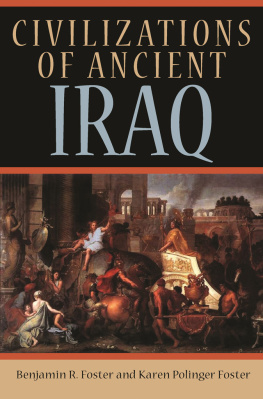
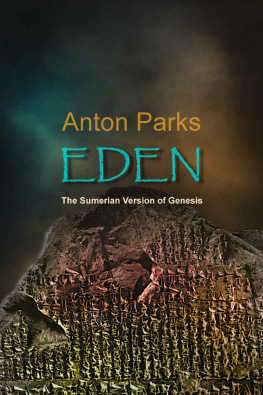
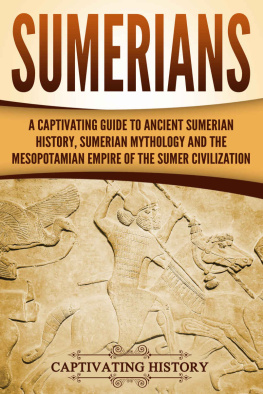
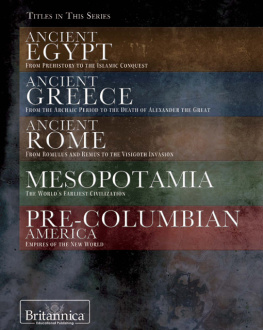
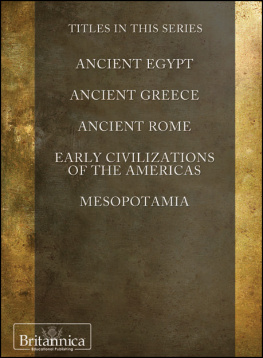
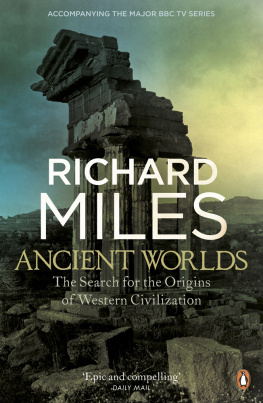


 The paper used in this publication meets the minimum
The paper used in this publication meets the minimum

